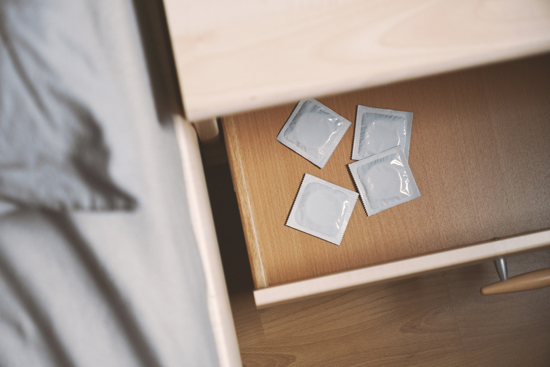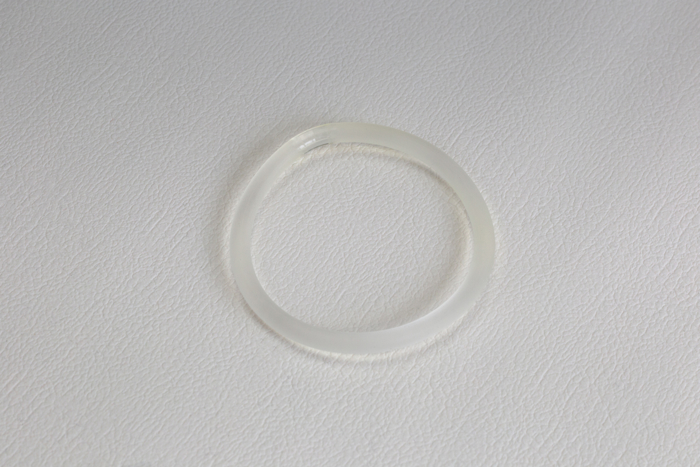What is the vaginal ring?
The contraceptive ring, or vaginal ring, is a flexible plastic ring that contains the sex hormones estrogen and progestin. The ring has a diameter of about 5.5 cm and works in a similar way to regular birth control pills. The advantage of the ring is that you don’t have to remember to take a pill every day.
There are several brands of vaginal rings available in Norway, but they all contain the same hormones in the same amounts.
How to use the vaginal ring
The ring is inserted into the vagina. You insert and remove the ring yourself. To insert it, gently squeeze the ring and place it inside the vagina. The ring should remain in place continuously for three weeks. After three weeks, you remove the ring and take a one-week break. Two to three days after removing the ring, you will experience bleeding. Exactly one week after removing the previous ring, you should insert a new one.
It is generally not a problem to have intercourse or use a tampon while wearing the ring. However, if you prefer to remove the ring during intercourse, it can be taken out for a short period (up to a maximum of three hour) and, for example, stored in a glass of cold water.
It is very important that the ring is not out of the vagina for more than three hours within a 24-hour period. If this happens, your protection against pregnancy may be reduced.
Delaying menstruation
If you wish to delay your period, you can insert a new ring after three weeks without taking the usual one-week break between rings. If you continue this for several months, you will eventually experience bleeding. At that point, you should remove the ring and wait 4–7 days before inserting a new one.
Cheaper contraception for those under 22
You may be eligible for free or discounted IUDs and contraceptive implants. Additionally, you can get a six-month supply of birth control pills at a reduced cost.
Side effects
The most commonly reported side effects are:
- headache
- vaginal infections
- vaginal discharge
If you have an increased risk of blood clots (in Norwegian), you should not use the vaginal ring.
Seek immediate medical attention if you experience any of the following symptoms:
- Pain or swelling in one leg or arm, which may indicate a blood clot in a vein (deep vein thrombosis).
- Sudden difficulty breathing and severe chest pain, which may indicate a blood clot in the lungs (pulmonary embolism).
- Difficulty lifting, smiling, or speaking, which may indicate a stroke (in Norwegian).

Find the right contraception
All contraceptive methods offer good protection against pregnancy, but they differ in how they are used and in their side effects.
Illustration: Buecax/Mostphotos
What if the ring is out for too long?
If the vaginal ring has been out of the vagina for less than three hours, it can be rinsed with lukewarm water and reinserted.
If the ring has been out for a longer period, it is recommended to contact a doctor or healthcare provider for advice on how to proceed.
